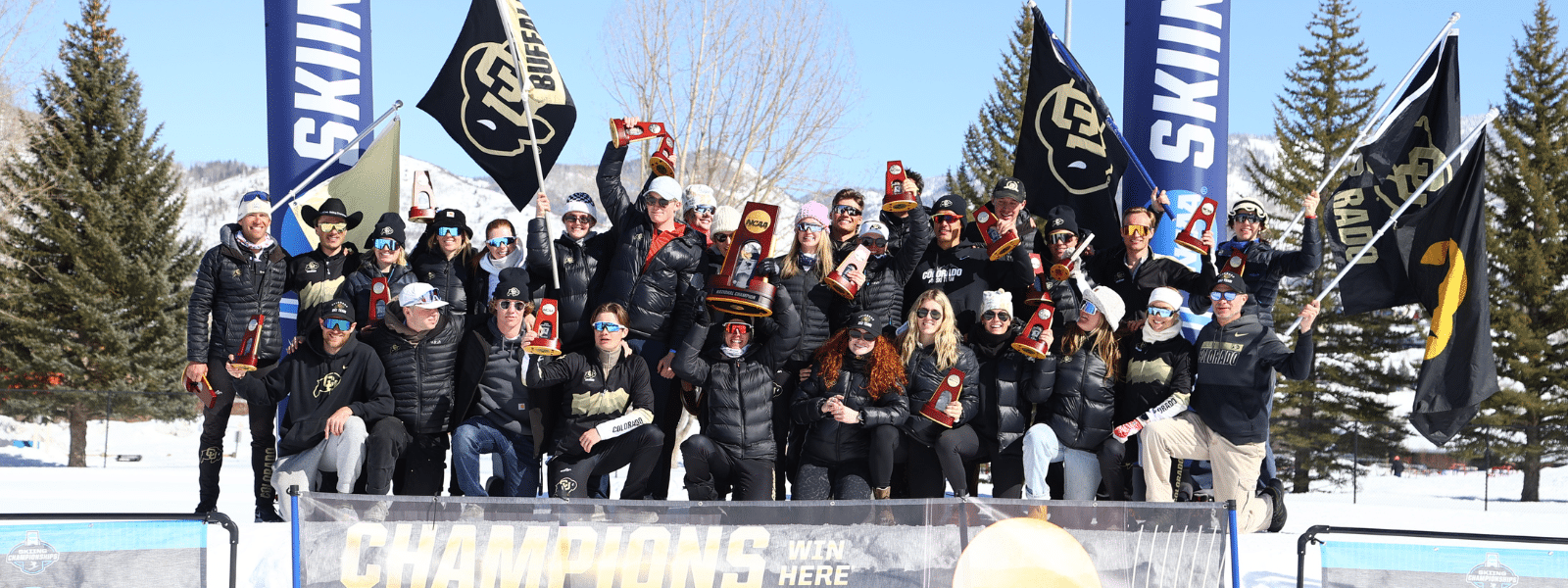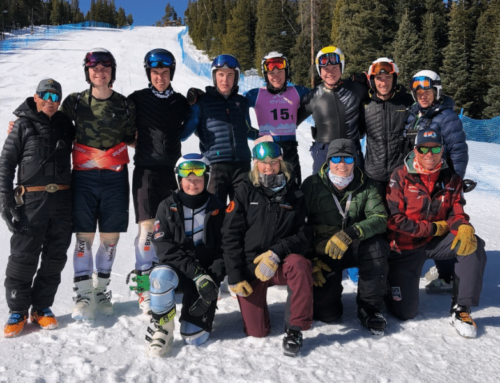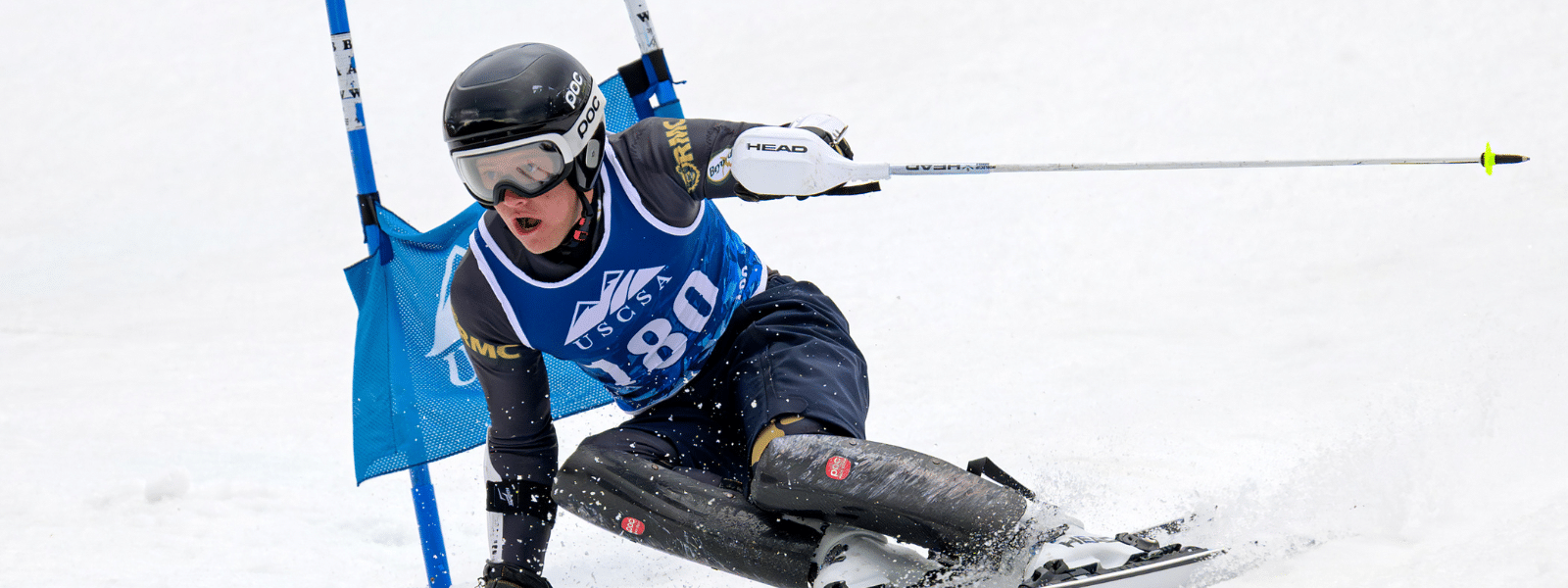Pre-proposal to reform US domestic race calendar receives mixed reviews
In October of this year, the U.S. Ski and Snowboard Association’s (USSA) development staff released a pre-proposal with the goal of restructuring the alpine domestic racing calendars at both the FIS and USSA levels.
The proposal, which is accessible via USSA’s website here, has been in the works for quite some time. Since joining USSA in a development managerial role in 2013, and recently as Domestic Alpine Program Director, Michelle Demschar has been at the forefront of athlete development for USSA.
According to Demschar, the development staff has been looking at ways to address the symptoms of poorly designed racing calendars. Over the past several years, an overabundance of options for athletes to race FIS has led to diluted fields and undue financial strain on venues willing to host events.
The proposal, if accepted, would create a racing calendar with fewer total FIS races, allowing for what the USSA staff believes will be better coordination between regions. The development staff has put forward a soft estimate of 25 races per region. For comparison, in the current 2014-15 season there are 61 men’s FIS races scheduled in the Eastern Region alone, not including NorAms or national championships.
In theory, this change would better facilitate athlete growth by emphasizing performance at the USSA level in order to earn entry into FIS races. Additionally, Demschar and the development staff believe that fewer FIS races would ultimately decrease the cost of the sport for all parties involved.
Making the sport more financially viable for venues, as well as for athletes, is a central aim of this proposal. Athletes making the jump to FIS racing before cutting their teeth at the USSA level has resulted in unnecessary travel and cost burdens for many ski racing families. But the U.S. is rather unique among ski racing nations, most of which nearly exclusively offer FIS options for athletes U18 and older aside from citizen and community events.
“We looked at who really needs to ski FIS, and who could ski USSA their whole careers,“ said Demschar. “Eliminating the need for an extra [FIS racing] license, equipment and a more extensive travel schedule. … It is our hope that this reform will enhance the awareness and level of USSA racing.”
The effort to refocus development so that it is rooted in racing at the USSA level speaks to a perceived disconnect between FIS competition and overall progression in the sport.
“As the FIS calendar in some parts of the country has organically evolved to accommodate specific groups, we believe it has lost the cohesion that should serve the purpose of furthering athletes in their athletic development,” added Demschar.
Another factor for consideration in this proposal would be a more visible pathway for USCSA college competition though USSA racing. With the exception of four FISU events in USCSA’s MacConnell division – comprised of schools in New England – all racing at this level is sanctioned by USSA.
Athletes who have the option of competing in college outside of FIS and NCAA racing may well lead to increased participation among collegiate skiers who may never set foot in a FIS starting gate.
Interestingly, Branko Zagar, head coach of perennial USCSA powerhouse Sierra Nevada College, expressed concern over the effects this proposal would have on athletes who are ready for competition at the FIS level.
“It [the problem] is about quantity and not quality,” Zagar said. “Because now good athletes will have to travel more to get starts in FIS races … USSA races for a good skier at age 18 will still be absolutely irrelevant on an international level.”
Speaking on behalf of a new school to NCAA competition, Colby-Sawyer College head alpine coach Jake Fisher noted the value of such a proposal’s impact on strengthening the competition fields at both the USSA and FIS levels. “I believe a restructured USSA system is absolutely in the best interest of the sport in the U.S.,” Fisher asserted.
“That stated, the relevancy of the USSA point system requires adopting the FIS-mandated GS ski,” added Fisher. “Until the equipment requirements are the same for both USSA and FIS, a USSA point profile will be significantly less valuable, if not irrelevant. … Only by developing a relationship between the two levels of competition will the pool of athletes increase.”
Fisher also expressed how requiring consistent equipment regulations for USSA and FIS racing would ultimately bring the two American collegiate racing leagues closer together. “I’d certainly take a closer look at athletes with competitive USSA profiles if they had to have been on the 30/35 meter GS ski as a U18 [racing USSA].”
In addition, Fisher believes that this continuity would further legitimize the option of USCSA competition for an athlete who might otherwise not make an NCAA roster, but who still has the desire to compete at a nationally-recognized level.
Eric Garayoa, U System Athletic Manager for the Squaw Valley Ski Team, also supports Demschar and the rest of the development staff’s efforts, but was quick to mention the pitfalls that these types of initiatives can encounter.
“Often what we see with positive ideas are negative or unforeseen outcomes,” said Garayoa, “usually the result of microscopic and agenda-driven decisions.”
Garayoa expressed his hope that should the proposal be implemented, the infrastructure would be reinforced as younger and younger athletes begin to progress through the system. Making decisions of this nature based on examinations biased towards the issues of FIS-aged competitors could ultimately be counterproductive in the grand scheme of things.
“I would argue that should the answer to this double-edged sword be found that it be prescribed immediately at the U16 level and even the U14 levels,” Garayoa contends. “As this is where we see our largest attrition rates, not at the FIS level as most assume.”
This only highlights the importance of a healthy debate within the U.S. skiing community when it comes to legislation of this nature. Such sweeping reforms of the racing calendar require analysis and input from each demographic that may be affected.
USSA welcomes feedback on this and other pre-proposals which will be taken into consideration prior to being put forward to the USSA Alpine Sports Committee for final approval in April 2015.





















